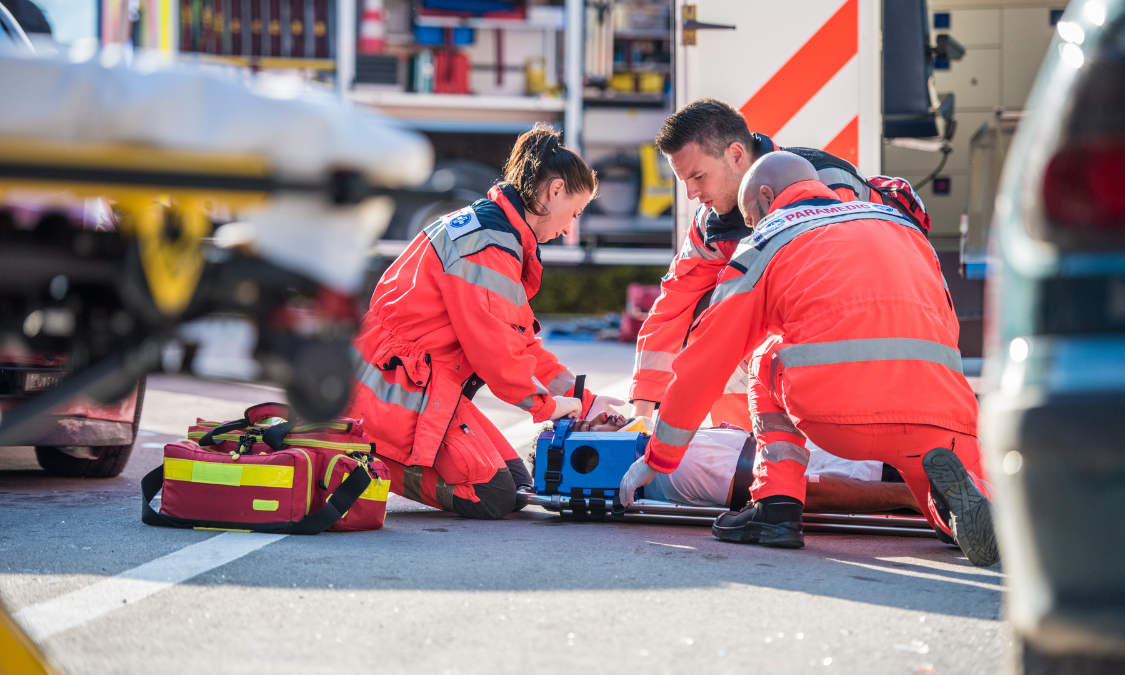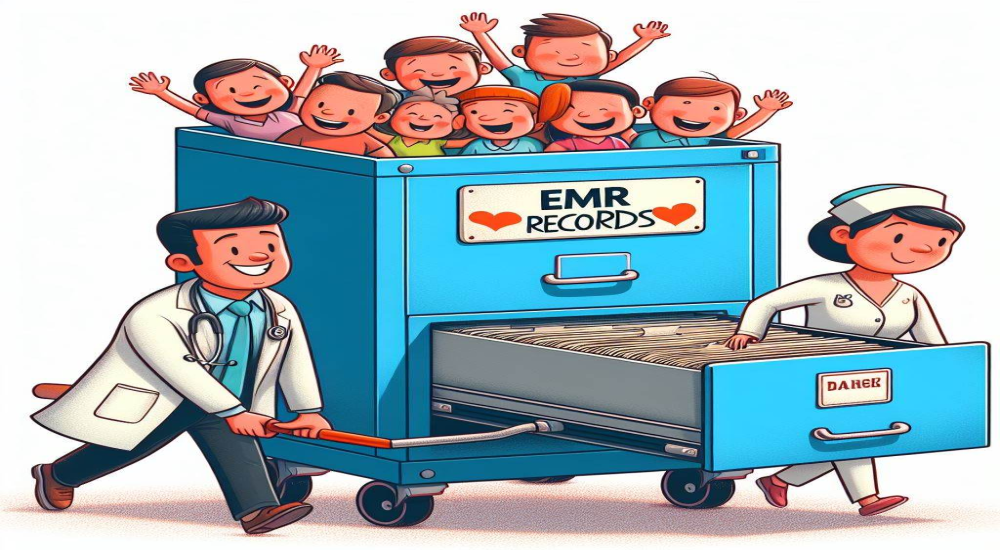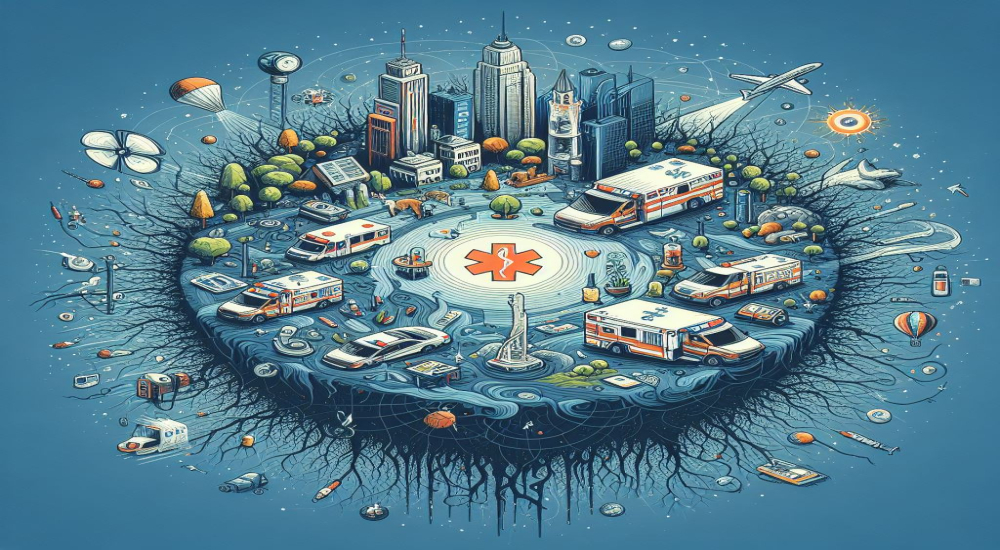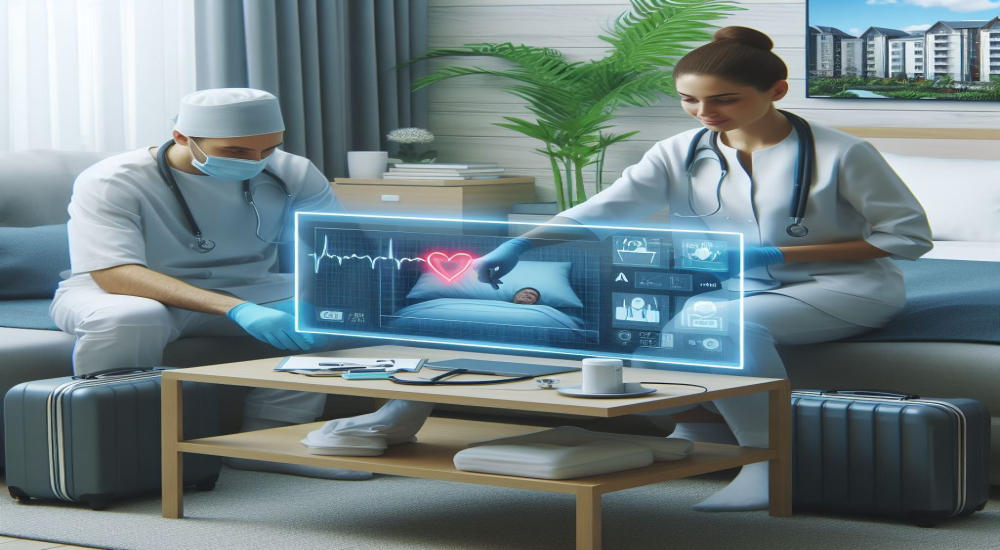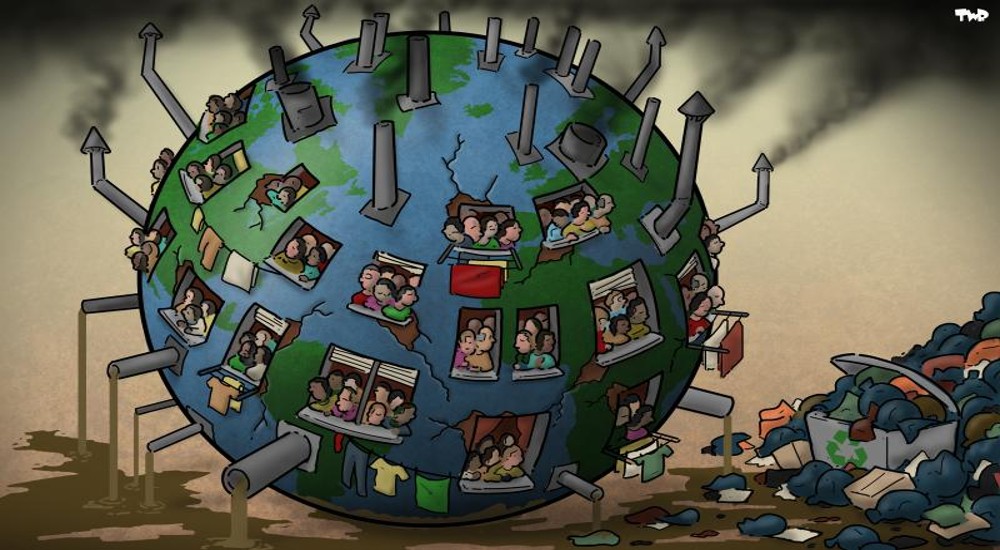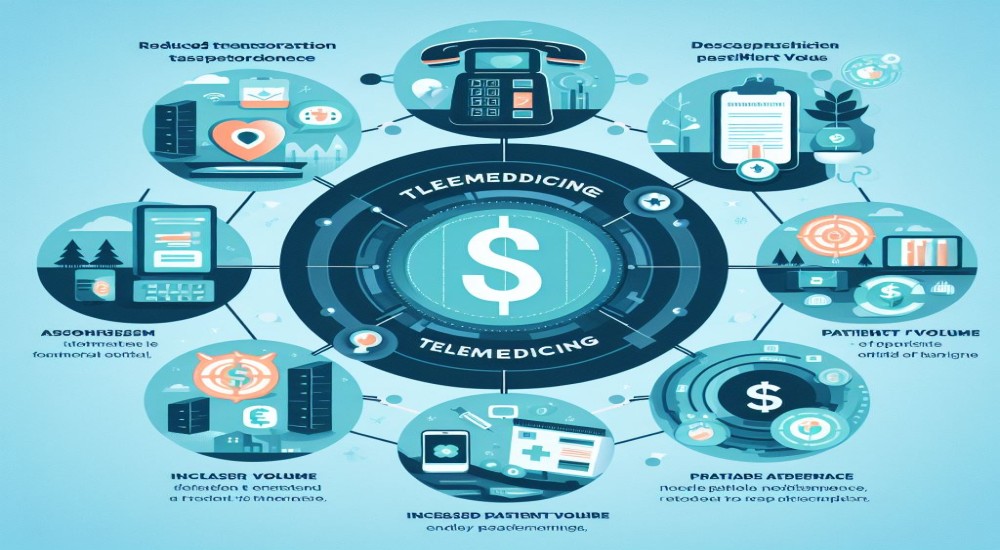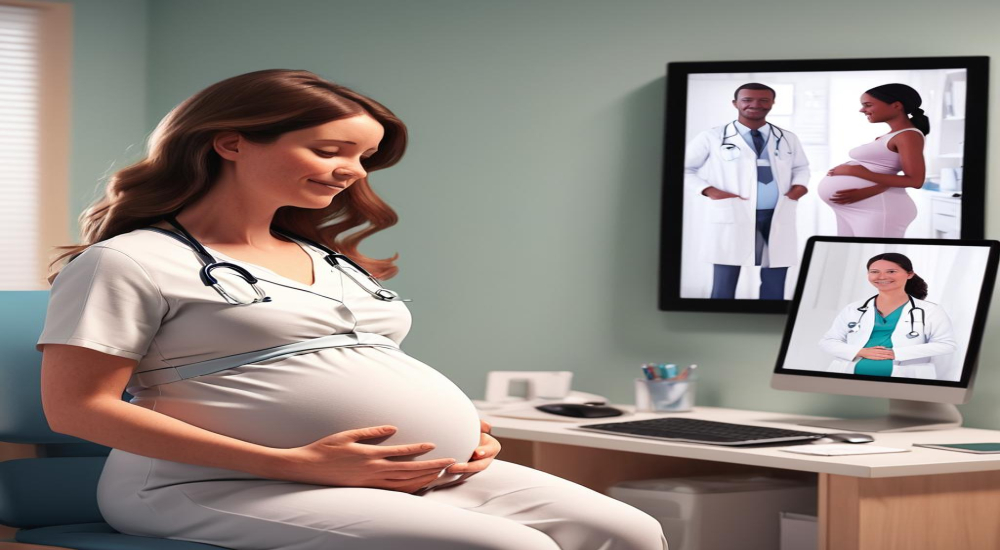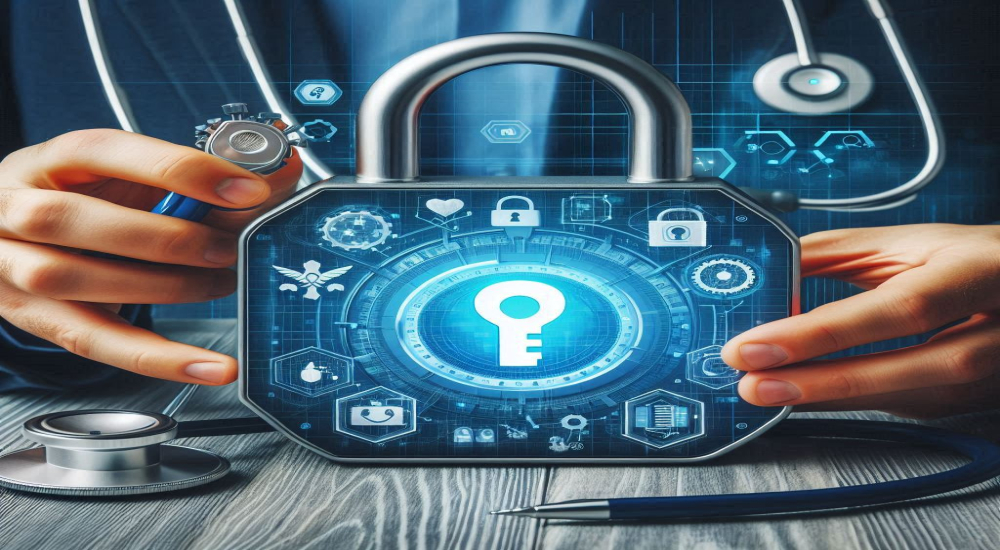Telemedicine in Warfare and Conflict Zones: Enhancing Healthcare Amidst Adversity
The news recently has been a continuous stream of information from one warzone to the next. The war between Russia and Ukraine that has lasted 2 years already (but feels like a lifetime) has been overshadowed by the recent conflict and ongoing genocide in the middle east between Israel and Palestine. In recent weeks as if to throw a Molotov cocktail onto the worlds largest powder keg, Iran has jumped into the fray by entering hostilities with Israel as well. Close to home India is facing a rampant spate of violence domestically in Manipur and the looming threat of a hostile invasion by China to the north.
Syria, Yemen, Iraq, Afghanistan, Ukraine, Israel, Iran, etc, It feels like the whole world is at each others throats these days with sanctions and counter sanctions and flexing of muscles in arenas where cooler heads must instead prevail. So in such a charged and conflict ridden world how can one of the most important and primary facilities that is healthcare be provided to the soldiers, civilians and refugees in conflict zones?
In the contemporary landscape of warfare and conflict zones, where access to traditional medical facilities is often compromised or outright inaccessible, telemedicine emerges as a transformative solution. Leveraging telecommunications technology, telemedicine facilitates remote diagnosis, treatment, and consultation, bridging the gap between healthcare providers and patients even in the most hostile environments. This article delves into the multifaceted role of telemedicine in such scenarios, elucidating its benefits for both soldiers and civilians caught in the crossfire.
1. Accessibility in Remote Areas
In conflict zones, particularly those located in rugged terrains or isolated regions, establishing and maintaining physical medical facilities is challenging. Telemedicine transcends geographical barriers, enabling healthcare professionals to reach patients situated in remote areas via video consultations, teleconferencing, and remote monitoring. This accessibility ensures that individuals in the most inaccessible regions receive timely medical attention, mitigating the risk of preventable deaths and complications.
The ability of a government or even an NGO or UN based aid organisation to mobilise trained medical professionals to an active conflict zone are limited. Civilian doctors don't really want to go to the frontlines and military medical personnel often prioritize combat troops over civilians and refugees. Even trained doctors and nurses who volunteer to serve in conflict zones via organizations such as the MCF or Blue Cross (heroes one and all) are a precious and non-renewable resource and they cannot be risked in areas where the bullets and shells are still falling. The recent death of Volunteers who were working to provide food amidst the Palestinian crisis has shown the seriousness of the matter Having skilled medical personnel who have specialisations such as neurology, cardiology, and pediatrics readily available in a disaster zone. So connecting to a remotely located hospital or specialists to provide specific help to the nurses and medical personnel. Having experienced surgeons and doctors guide operations and procedures from special war rooms can e very helpful for battlefield and disaster zone triage and treatment.
2. Real-time Medical Assistance on the Battlefield
For soldiers engaged in combat, where immediate medical intervention can be a matter of life and death, telemedicine plays a pivotal role. Combat medics equipped with portable telemedicine kits can transmit vital signs, images of injuries, and other pertinent data to off-site medical experts in real-time. This enables remote medical personnel to provide precise guidance for treatment strategies, enhancing the chances of survival and minimizing long-term disabilities among injured soldiers.
Battlefields are unique environments that textbooks and hospital based training cannot prepare for. The wounds sustained and the triage and treatment methods can vary wildly from established protocols. Most often medical personnel will be working with a dwindling supply of even basic necessities such as cotton and gauzeCombat medics are not easy to train and creating a soldier-doctor combo takes many years of grueling training and having such experienced people leading multiple teams in real-time via telemedicine can save lives and time.
3. Continuity of Care for Trauma Victims
In conflict zones where displacement and instability are rampant, ensuring continuity of care for trauma victims poses a significant challenge. Telemedicine platforms facilitate seamless coordination between healthcare providers across different locations, allowing for the transfer of medical records, treatment plans, and follow-up consultations. This continuity of care is crucial for managing chronic conditions, rehabilitation, and psychological support, thereby improving the overall well-being of affected individuals.
Treatment in warzones is mainly to preserve life and stabilize patients with severe injuries long enough for a medevac to get them to a fully equipped facility. During this transit and handing over, telemedicine can allow EMTs and doctors stay in touch and continuously monitor the patient while also preparing any necessary additional facilities and resources.
4. Minimization of Civilian Casualties
Telemedicine not only benefits military personnel but also has profound implications for civilians caught in the crossfire. By providing access to remote healthcare services, telemedicine reduces the need for civilians to venture into dangerous areas in search of medical assistance. Moreover, telemedicine-enabled triage systems help prioritize medical resources based on the severity of injuries, thereby maximizing the efficiency of healthcare delivery and minimizing civilian casualties.
In war civilians often take the back seat, and yet they suffer the most horrific damage. The mass closure of medical facilities, lack of access to proper shelter and the lack of clean food and water can lead to the rampant spread of disease and mass casualties, especially among children and older vulnerable populations.
5. Psychological Support and Mental Health Services
Warfare and conflict zones not only inflict physical injuries but also have a profound impact on mental health. Telemedicine platforms offer a confidential and accessible avenue for individuals to seek psychological support and counseling services remotely. Through telepsychiatry sessions, mental health professionals can assess and address a wide range of psychological issues, including post-traumatic stress disorder (PTSD), depression, and anxiety, among both military personnel and civilians affected by conflict.
6. Humanitarian Aid and Disaster Relief
Telemedicine extends beyond the confines of warfare and encompasses humanitarian aid and disaster relief efforts. In the aftermath of natural disasters or humanitarian crises, telemedicine enables rapid deployment of medical teams and resources to affected areas. By facilitating remote consultations, medical supply management, and epidemiological surveillance, telemedicine enhances the efficiency and effectiveness of humanitarian interventions, ultimately saving lives and alleviating suffering.
Conclusion
In conclusion, telemedicine serves as a beacon of hope amidst the chaos and devastation of warfare and conflict zones. By leveraging technology to transcend geographical, logistical, and political barriers, telemedicine enhances healthcare access, improves treatment outcomes, and saves lives. Whether on the battlefield or in humanitarian crises, the transformative potential of telemedicine in mitigating the impact of adversity on both soldiers and civilians cannot be overstated. As we continue to navigate the complexities of modern warfare and humanitarian challenges, investing in telemedicine infrastructure and capabilities is not just a strategic imperative but a moral imperative to uphold the sanctity of human life.





